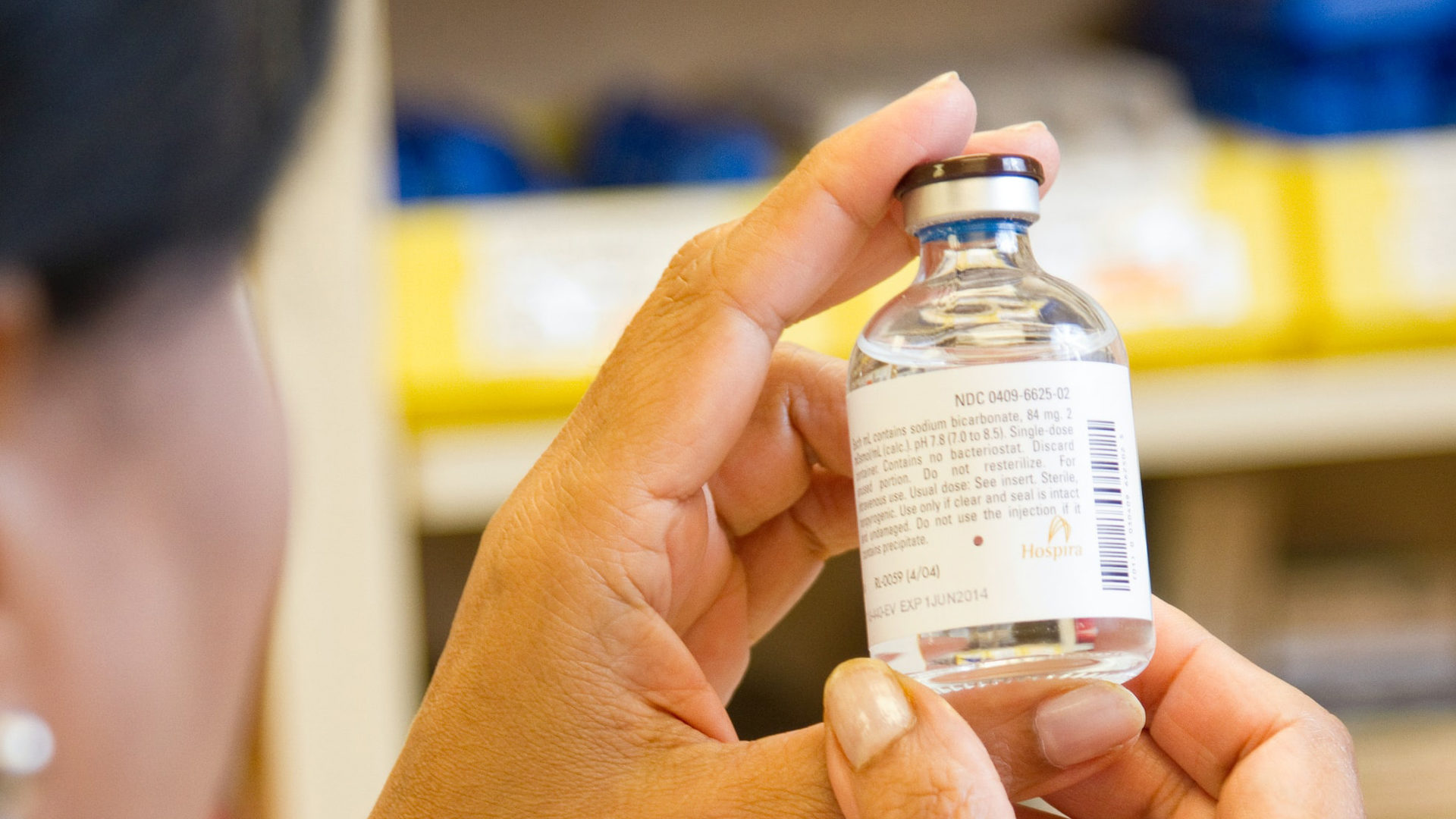News
Blog Series: IP Ingredients, Part 3: An Appetite for Designs
December 2023
Registered Designs are a flexible IP right applicable across almost all industries, from fashion, technology, and household items to industrial machinery. This versatility makes them a valuable asset for businesses seeking to safeguard their product appearances, especially in the food and drink sector.
The appearance of a product, be that a cake (think Colin the Caterpillar®) or the shape of a bottle (Coke-a-Cola®, anyone?) can be protected through a registered design.
Generally speaking, Designs protect the visual appearance of a product, ensuring any novel aesthetic elements are legally safeguarded. These can include the shape, colour, texture, or repeating pattern of an item encompassing both two and three-dimensional features.
Once a Design registration has been obtained, potentially it gives the owner a monopoly right on the appearance of the product, allowing them to prevent mis-use by others This can provide a valuable weapon to deter third-party copying and valuable commercial assets that, for example, could be licensed.
Registering a Design in the UK is a fairly straightforward process, involving the filing of an application with the UK Intellectual Property Office (UKIPO) showing the design by providing drawings, photos, etc. However, what is very important to take away is that the scope of protection is defined by the images submitted so great care should be taken at this early stage to capture what is novel (essentially what is new) about the product whether it is the product as a whole or just a feature of it.
The design included in the application should be ‘novel’, meaning it should not be identical or substantially similar to an existing design. Therefore, the scope of what can be protected is largely defined by what is already on the market or has been disclosed.
As a general rule, design applications should be filed before they are disclosed (i.e. made public) unless they are disclosed on a confidential basis. Disclosure pre-filing filing potentially can destroy the validity of the design but in the UK (and EU and US) it may still possible to obtain a valid registration if application is made within 12 months of the initial disclosure. This can allow a product to be tested on the market prior to seeking registration but, importantly, if you have plans to expand use/registration of the design internationally making an application pre-disclosure is crucial as this could prevent you obtaining valid registrations in many countries. Developing a filing strategy at an early stage is important and needs detailed consideration and advice.
Once approved, the design is protected for up to 25 years, contingent on renewal every five years.
To visualise how this works in practice, let’s use a hypothetical example.
Let’s say, theoretically, a company devises a new drinking bottle shaped like a caterpillar. Due to the novelty and disclosure requirements outlined above, if this product was first launched in the UK on 1 January 2020, the owners of the design of the product would have until 31 December 2020 by which to file a design application.
When considering the designs to protect, there may be several. The shape and look of the box could be one design, the shape of the cake another, the appearance of Colin’s face could be another design. Several design applications could be filed in order to build up the entire product as a consumer would find it on the shelf. These Design rights could then be enforced against any third parties that chose to produce and sell a product similar in appearance.
UK Registered Designs play a pivotal role in protecting the aesthetic aspects of products, fostering innovation, and safeguarding the interests of creators. They offer a robust mechanism to shield unique designs from unauthorised use while contributing to the growth and sustainability of businesses in a competitive market landscape.
To give you a flavour of the type of designs accepted for registration, here are some representative examples of designs recently registered in the UK.
UK Unregistered Design examples
The UK also provides for unregistered design rights. There is no formal registration process for UK Unregistered Design Rights and they come into existence automatically upon creation of the relevant design. Unregistered Design Rights are more limited in scope when compared to Registered Designs, in that they are not monopoly rights because the design can only be infringed if a third party copies a significant part of the design. Unregistered Design Rights are valid for 15 years from the creation of the design, or 10 years from first sale. More information on Unregistered Design Rights can be found on the UK Intellectual Property website here.
For any questions relating to the above, or relating to any aspect of IP, please contact the author, James Appleyard at [email protected].
Click the button below to find out more about protecting your design rights.
This article was prepared by Trade Mark Attorney James Appleyard.































